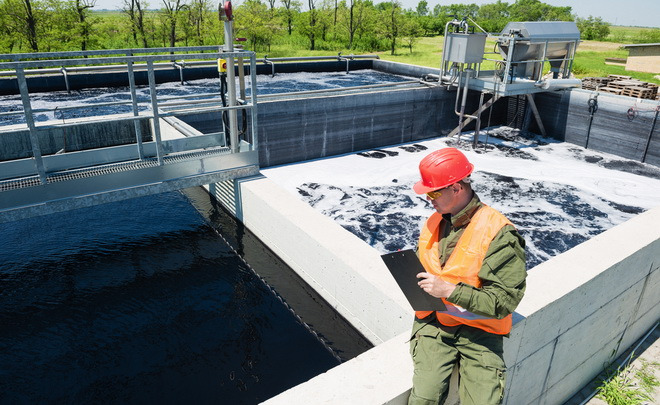Aluminium is an abundant element that is usually used in household appliances Aluminium is also used as a common coagulant in water and wastewater treatment The large utilization of aluminium also creates an abundant amount of aluminium waste. Some aluminium wastes, known as dross, slag, scrap, and foil are recycled by the secondary aluminium producing industry. Usually, this kind of industry is home or small scale. Because of its scale, the handling of waste produced as a by-product from this industry is generally still very lacking and minimal.
Some evidence of aluminium contamination, such as the colour change of groundwater decreasing soil fertility and the death of fish in contaminated ponds has been reported. Further examination of human health indicated the forming of complexes with DNA and cross-linking with protein and DNA. The exposure to aluminium is also proven to be the cause of disease, such as a significant change in the acquisition and retention of learned behaviour and is linked to Alzheimer’s and Downes subjects.
Technological interference is needed to overcome this problem. The physicochemical method to treat aluminium contamination is widely applied in industrial scale, but it is considered to be not applicable in the small- or home-scale industry due to the needs of many chemical reagents, a relatively high capital investment and post-treatment handling of residue. Thus, there is an urgency for providing aluminium treatment that can be used for all scales of application.
From this problem, biological treatment becomes a promising alternative to be applied at all contamination scales. Bioaugmentation, the addition of pre-grown microbial cultures to improve processing efficiency, is a widely known method for processing metal contamination. This technology is usually used to treat metal pollution in water, while the application of this method in treating metal-contaminated soil is still not widely adopted. The application of this method is also considered economically beneficial because of the potential for metal recovery after processing.
Two species of bacteria, Brochothrix thermosphacta and Vibrio alginolyticus were isolated from aluminium-contaminated environments. Both of these species are used to treat wastewater and aluminium-contaminated soil using bioaugmentation methods. B. thermosphacta showed the highest aluminium removal of 57.87 ± 0.45%, while V. alginolyticus could remove aluminium up to 59.72 ± 0.33% from wastewater. For aluminium-contaminated soils, B. thermosphacta and V. alginolyticus showed removal of only 4.58 ± 0.44% and 5.48 ± 0.58%, respectively.
The bioaugmentation method is more suitable for processing aluminium in wastewater compared to contaminated soil. Separation of biomass produced after wastewater treatment is much more comfortable and can be applied when compared to handling biomass produced from the processing of contaminated soil. A total of 48.55 ± 2.45% and 40.12 ± 4.55% aluminium can be recovered from biomass of B. thermosphacta and V. alginolyticus with an initial aluminium concentration in the wastewater of 100 mg / L. (*)
Author: Muhammad Fauzul Imron, Setyo Budi Kurniawan
Detail information from this research can be found at:
https://www.sciencedirect.com/science/article/pii/S0301479719311302?dgcid=author





